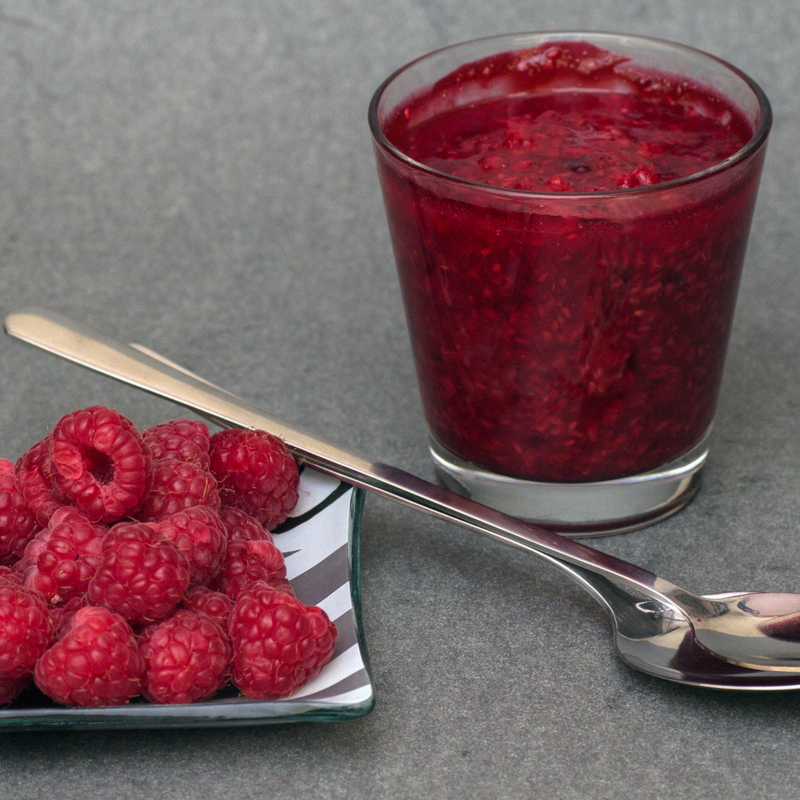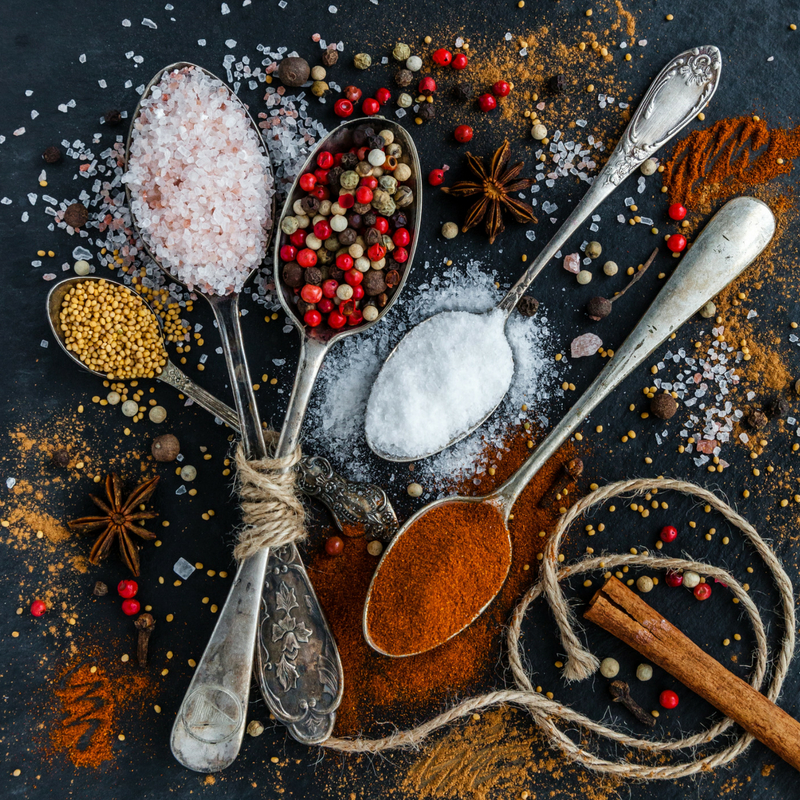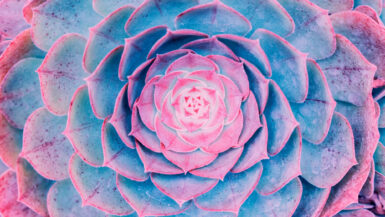
After finding out your dosha with our quiz, how do you make sure to keep your dosha levels in balance? Read on to learn about 5 key diet tips for those with predominantly vata dosha.
Creative, light-as-a-feather and dynamic: vata personalities are influenced by the vital energy of the air. This dosha is responsible for everything that is in movement inside the body: without it, the forces of pitta and kapha wouldn’t be able to work, nor any of the activities that regulate our bodies. When Vata finds itself in equilibrium with the other elements, the circulatory and respiratory system work normally, energy is in abundance and enthusiasm for life is contagious to those around you.
However, when vata gets out of balance, the appetite becomes unstable and fatigue may takeover. This doesn’t necessarily mean you’re sick, but may simply be a sign that your diet needs to be modified and adapted to your type of dosha.
That’s why, after talking with the experts at the Hotel Botanico in Tenerife, we’ve decided to put together a list of 5 key Ayurveda diet tips for those with the predominant dosha of vata. The hotel’s Ayurveda specialists have helped us with information, so you can start to modify your lifestyle and eat a healthier and more conscious diet.

- Eat regularly
For vata constitutions, Ayurveda recommends you to eat regularly but in small portions. Try not to mix too many types of food because this is more difficult for your digestive system. Take your time eating: chewing slowly will help to create the enzymes that break down food in the stomach.
- Eat cooked food
This advice applies to both fruit and vegetables. Apricots, dates, figs, mango, forest fruits, strawberries, cherries, grapes, pineapple and apples are particularly good for cooking. Adding a sweetener such as honey or date syrup is also good.
Avoid all kinds of cabbage and raw onions. But don’t worry lovers of avocado, beetroot and artichoke – these can be eaten in large quantities (raw or cooked).
- Use seeds and cereals
Cereals are particularly suitable for a diet adapted to vata. Feel free to season your salads with almonds, pine nuts, sunflower seeds and walnuts – as well as being tasty, they help to protect and strengthen your nervous system, kidneys and respiratory system.
- Eat mainly alkaline promoting foods
Whilst milk is alkaline and temporarily reduces stomach acid as well as heart burn, milk and other dairy products have been shown to be acid-forming and alkaline-depleting in the long-run. So if you have problems with stomach acidity, it’s best to cut down on dairy and increase intake of alkaline-forming foods. This includes lots of fruit and vegetables, and grains such as amaranth, millet and quinoa. Milks such as almond is alkaline-forming so would be more advisable than cow’s milk.
- Spices and sweet foods are welcome
Have you always been advised to avoid sweet foods? The Ayurveda experts at the Hotel Botanico have surprised us by showing that sweet products are ideal for a dosha vata diet. To be clear, this isn’t refined sugar, but sweeteners such as honey, coconut sugar, pear syrup or molasses.
Use should also use different herbs to season your dishes, increase digestion and regulate the metabolism. Spices and herbs are ideal for balancing vata. Basil, fennel, cardamom, nutmeg, coriander, turmeric and pepper will become your closest allies in the kitchen.

Are you ready for a fresh start full of energy and vitality? If you’re interested in a healthy diet or if you want to know more about the different types of doshas, read our articles dedicated to Ayurvedic medicine or take the SpaDreams dosha quiz to find out your unique energy constitution.
Happy #WellnessWednesday and keep and eye out for Pitta next week.





